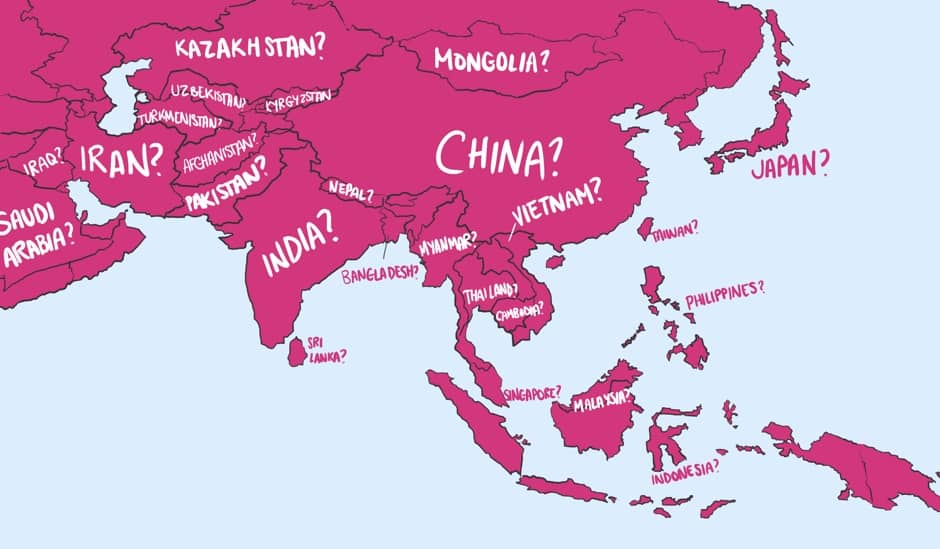Last week, I read an article in The Varsity Magazine highlighting the “experiences of Asian students in North America” and, as an Uyghur from Central Asia, I was naturally fascinated. It was well-written and presented interesting ideas; however, it also worked to reinforce a concept of a unified “Asian identity.” The article featured only Chinese students as its subjects, which has the effect of portraying Asian identity as synonymous with Chinese students’ experiences.
Asia is a continent that is home to 60 per cent of the world’s population, living in countries from Japan and China, to India and Turkey. Within this diverse population, a multitude of groups practice various religions, enjoy different cultures, and speak different languages.
Western scholars often create the “West versus East” divide, which effectively blends all people from Asia together. This creates the fundamental issue of homogenizing the people of Asia. In labelling people as “Asian,” we often overlook smaller groups who exist outside of the major nations.
I have seen many parts of Asia, each of which have distinct atmospheres. However, after immigrating to Canada, I realized that when the term “Asia” is used, it generally refers to major East Asian countries such as China, South Korea, and Japan — all three of which are very different from one another. While I consider myself to be Asian, I am not Chinese, Korean, or Japanese.
When people ask me where I am from, they often look at me with a blank stare upon hearing my answer. I explain to them that I am Uyghur, a Turkic ethnic minority group from the province of Xinjiang in Western China. In trying to understand my background, people always feel more comfortable placing me within the larger groups in the region. I will commonly get responses like, “So you’re Chinese?” or “Oh I see, like Tibet?” or “Turkic? So what part of Turkey is that?” I am not Chinese, nor am I Mongolian, Tibetan, or Turkish. I am Uyghur, and although we are very small in number, and are bordered by many different countries, we maintain our separate identity through a distinct language, culture, and history. As an ethnic minority, I believe it is crucial for me to seek independence from generalizations in order to maintain that cultural identity.
As the president of the Students Association for Central Asia (SACA) I strongly believe it is necessary to deconstruct the misconception of the “Asian identity” that creates false boundaries in defining what it means to be “Asian.” Quite frankly, I do not believe there is a singular “Asian identity.” The concept represents a diverse group of people, all of whom have identities that should be recognized without the use of overarching terms that undermine the diversity of the region. If we can deconstruct this language, we can reduce the likelihood of making negative generalizations, and can instead further our appreciation and understanding of Asia’s unique and diverse populations.
Shaida David is a third-year student at University College studying political science and Near and Middle Eastern studies. She is the founder and president of the Students Association for Central Asia at U of T.


